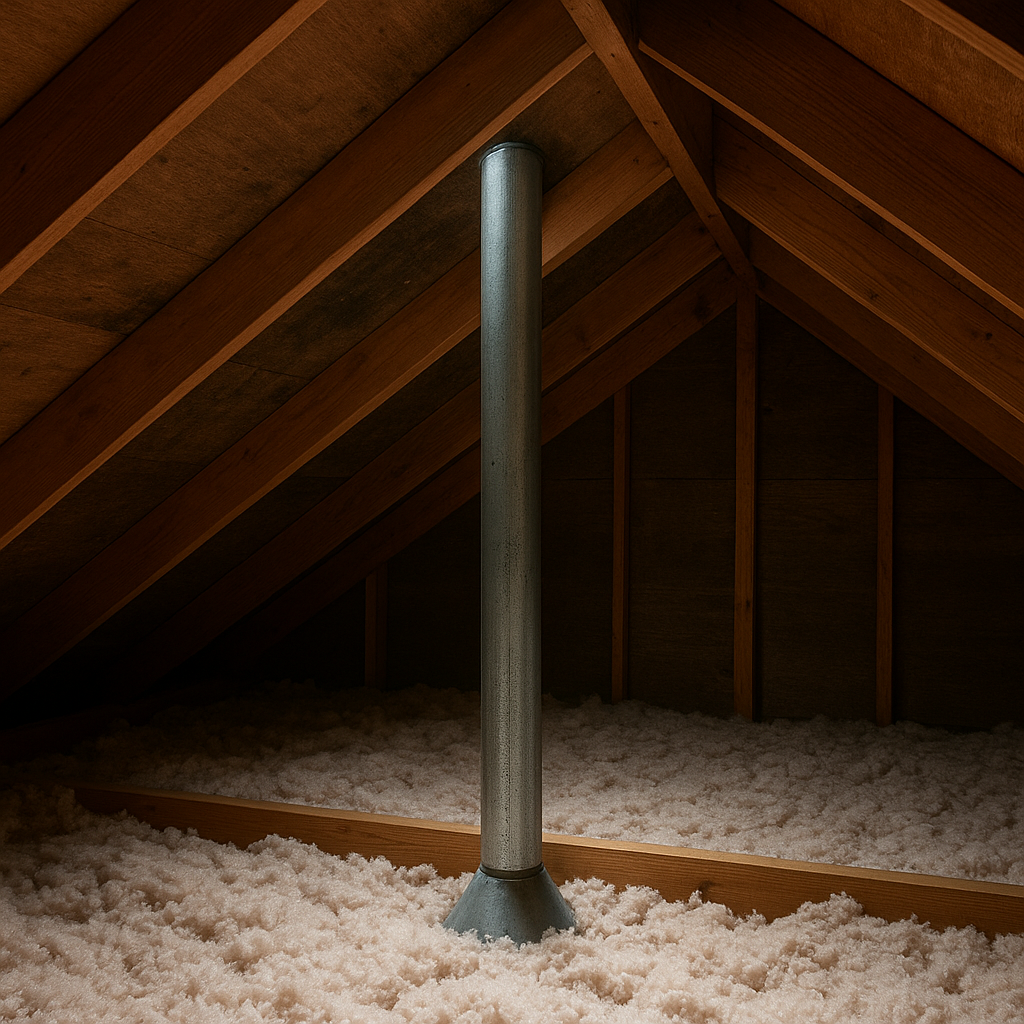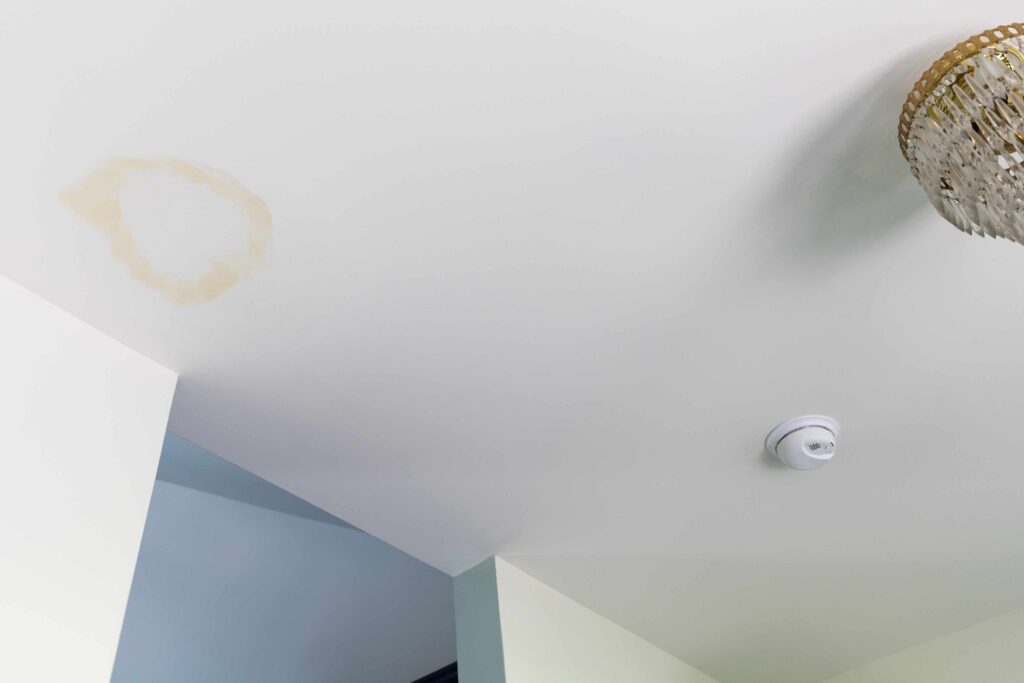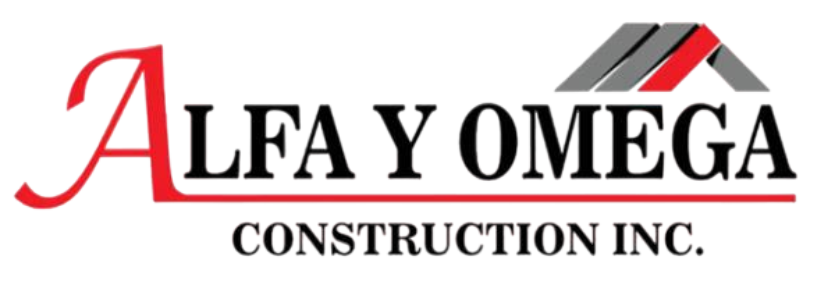Most people think a roof leak is obvious.
They’re looking for a drip, a puddle, or a big brown stain in the ceiling.
But here’s the truth:
The worst leaks don’t announce themselves.
They hide. They creep. And by the time you realize there’s a problem, the damage has already spread behind the scenes.
Here are 5 sneaky signs your roof is leaking — and what you should do immediately if you spot one.
1. A Musty or Mildew Smell in the Attic (or Upstairs Rooms)
If you walk into your attic and get hit with that “old basement” smell — pay attention.
That odor is usually a sign of:
- Trapped moisture
- Mold growth
- Water seeping through the roof deck or insulation
Even a tiny leak can cause this if left untreated.
And since heat rises, moisture builds up near the top of your home — often where you won’t notice it until it’s become a bigger issue.
What to do:
Have a roofing professional check for shingle damage or compromised flashing — especially near vents, valleys, and around chimneys.

2. Peeling Paint or Bubbling Drywall Near the Ceiling
Moisture from a roof leak doesn’t always drip straight down. It can travel sideways along wood framing and settle in the walls.
Look out for:
- Paint peeling or flaking in patches
- Bubbling on walls or ceilings
- Soft drywall that feels “mushy” to the touch
These issues can be confused with plumbing leaks — but often, it’s the roof.
What to do:
Trace the affected area upward. If it’s along an exterior wall or on an upper floor, there’s a good chance it’s storm-related roof damage.
3. Rust on Roof Nails or Metal Fixtures Inside the Attic
Here’s a pro tip: go into your attic on a sunny day and look closely at the framing.
If you see:
- Rust on nails
- Discoloration around metal vents or brackets
- Moisture beads on hardware
…that’s your leak — even if no water is actively dripping.
It’s a sure sign water is getting in during storms or overnight, then drying before it’s visible inside your living space.
What to do:
Have a roofer mark all known leak points and perform a water test to pinpoint the entry location.
4. Black or Dark Streaks on Your Ceiling or Walls
These streaks are more than just cosmetic.
They’re usually:
- Mold from consistent moisture
- Evidence of a slow, long-term leak
- Signs the drywall has absorbed water and is now drying unevenly
The discoloration often starts small and grows outward in a strange, blotchy pattern.
What to do:
Don’t just paint over it. You’ll trap moisture and make the mold worse. Have the area tested, and the source (your roof) inspected.

5. Unexplained Increase in Your Energy Bills
What does a leaking roof have to do with your electric bill?
A lot, actually.
Water intrusion compromises insulation — making it harder to regulate your home’s temperature. That forces your HVAC system to run harder in summer and winter, costing you money every month.
What to do:
If your utility bills are climbing and you haven’t changed your usage, check your attic insulation and ventilation. A compromised roof may be the unseen cause.
Why These Signs Matter (Even If You Don’t See a Drop)
Here’s what most homeowners don’t realize:
The majority of roof leaks don’t start as “leaks.”
They start as tiny openings from hail bruises, lifted shingles, flashing failure, or storm damage — and they worsen over time.
That’s why it’s critical to:
- Inspect your roof annually
- Call for an inspection after a major storm
- Take signs like odor, stains, and high energy bills seriously
Final Word: Don’t Wait for a Waterfall
By the time you see a drip from the ceiling, you may already have mold, insulation damage, or structural issues.
If you notice any of the signs above — or just want peace of mind — call Alfa Y Omega Construction for a professional roof inspection.
We’ll check every inch of your roof, attic, and exterior — document any issues, and help you catch small problems before they become disasters.
Your roof won’t fix itself. Let’s get ahead of it — together.

Slade is the Sales Manager at Alfa Y Omega Construction and brings over 24 years of hands-on experience in the construction industry. He’s passionate about helping homeowners navigate the often confusing process of roof replacement and storm-related insurance claims. With a background rooted in both fieldwork and customer service, Slade ensures every client is informed, protected, and treated with integrity. Whether it’s identifying hidden damage or guiding you through a complex claim, his goal is to simplify the process and deliver results. When you work with Alfa Y Omega, you get a team that fights for your home like it’s their own.



